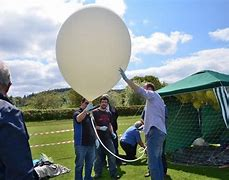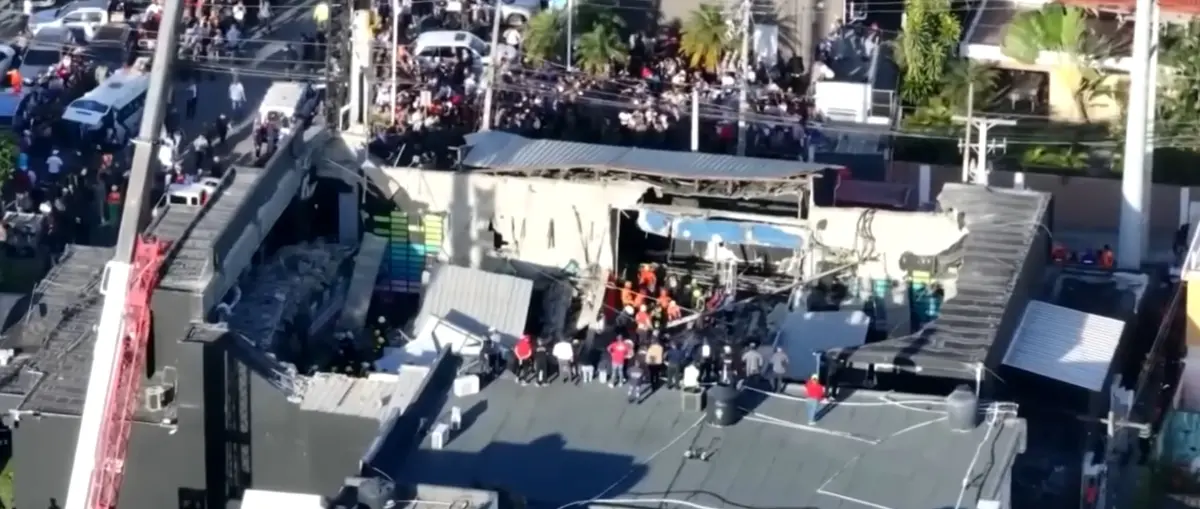Amidst staffing shortages brought on by the Trump administration, the National Weather Service has started cutting and reducing weather balloon launches.
About twice a day — at 8 a.m. and 8 p.m. ET — meteorologists from 92 national weather stations simultaneously release the balloons into the sky, and worldwide, more than 900 weather stations rely on daily weather balloon launches. These balloons are white, spanning more than 5 feet in diameter, filled with over 300 cubic feet of helium gas, and a carry a radiosonde, which is a lightweight box filled with scientific instruments that record upper atmospheric data. They rise about 15 feet per second for two hours, sending pings of measurements including temperature, dew point, relative humidity, barometric pressure, wind speed, and wind direction back using radio waves. When the air gets too thin, the balloons pop and fall back to Earth with little parachutes.
These devices may seem simple, but weather balloons are among the most important sources of data for weather models. Although there are other methods to gather this information such as satellite systems, satellite soundings, and Aircraft Meteorological Data Reports, NASA researchers found that radiosondes had the second-biggest impact on forecast quality, after satellites. Radiosondes are computers that use complex mathematical equations to create numerical prediction models, and a key component in that process is starting with a picture of what the atmospheric conditions are like from the surface and throughout the troposphere.
But many of the release sites — at least 10 in the continental United States — have suspended or limited launches because of federal layoffs to the National Weather Service staff. “The really unfortunate thing is, where these balloons are now missing — the Colorado Rockies, the Wyoming Rockies, the northern and central High Plains — is where a lot of severe weather happens in the spring and summer months and [where] a lot of the storms that will impact the Great Lakes and Eastern United States first develop,” said Chris Vagasky, the research program manager for Wisconet, a network of weather and soil monitoring stations across Wisconsin.
High-altitude weather data is critical for predicting oncoming natural disasters like tornadoes, thunderstorms or flash floods, and with less raw data to work with, predictions may become less accurate. However, private businesses are unlikely to replace the service NOAA has provided. Meteorologists and weather balloon experts say the change will reduce forecast quality and increase risk during severe weather. Only time will tell how far these reductions in data will affect these processes.













